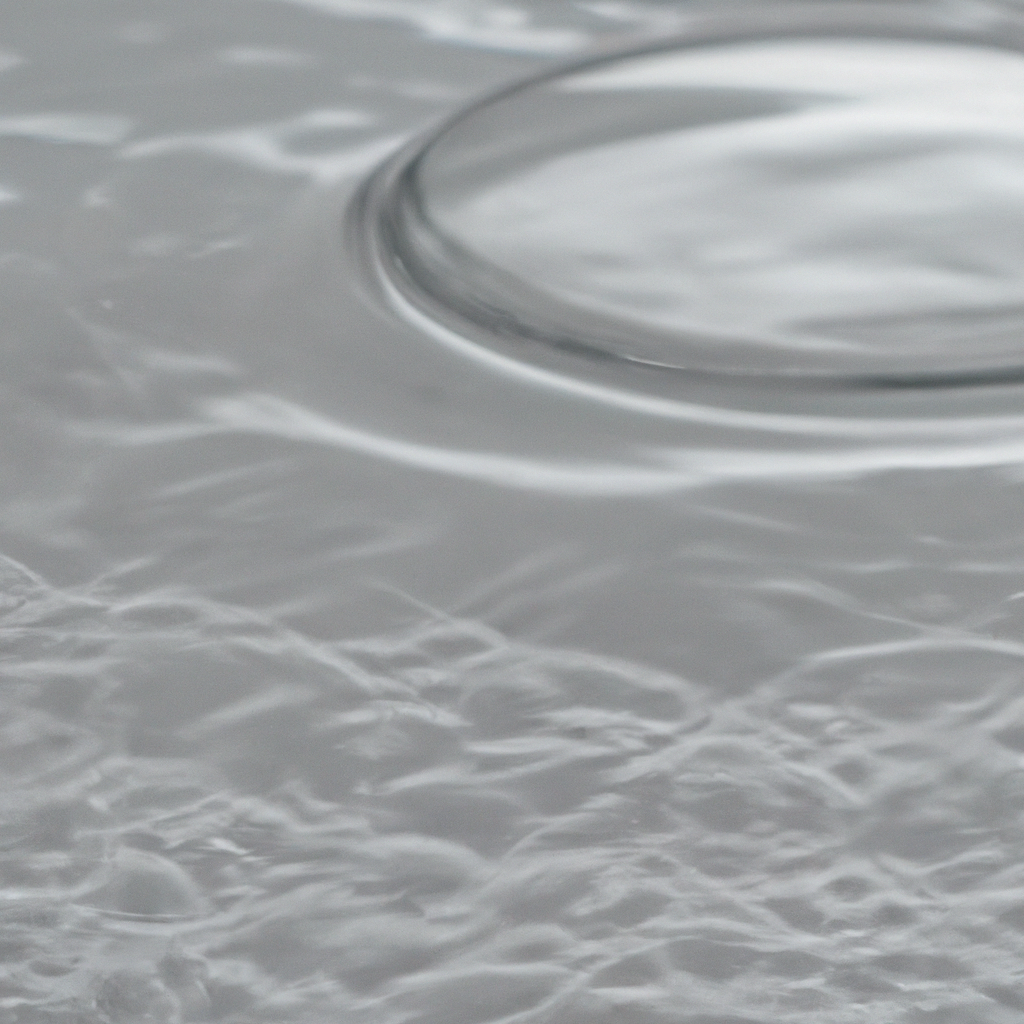Every year, millions of tons of plastic end up in our oceans, making it one of the most pressing environmental issues of our time. Microplastics, in particular, have become a major concern as their small size and abundance make them difficult to remove from water. In this article, we will explore the most effective methods of removing microplastics from water, including water filtration, environmental pollution, water treatment, and sustainable solutions.
Water Filtration
Water filtration is a popular method of removing microplastics from water. It involves the use of a filter that traps the microplastics as the water passes through it. There are different types of filters available, including sand filters, carbon filters, and membrane filters. Each type of filter has its own advantages and disadvantages.
Sand filters are the most common type of filter used for microplastics removal. They work by trapping the microplastics in the sand bed as the water passes through it. However, sand filters may not be effective in removing smaller microplastics.
Carbon filters are effective in removing both organic and inorganic contaminants, including microplastics. They work by adsorbing the contaminants onto the surface of the carbon filter. Carbon filters are more effective in removing smaller microplastics than sand filters.
Membrane filters are the most effective type of filter for removing microplastics. They work by using a membrane with pores that are smaller than the microplastics. As the water passes through the membrane, the microplastics are trapped and removed. However, membrane filters are expensive and require a high level of maintenance.
Environmental Pollution
Another effective method of removing microplastics from water is through environmental pollution control. This involves reducing the amount of plastic that enters the environment in the first place. This can be achieved through several measures, including:
– Implementing policies to reduce single-use plastic
– Educating the public on the importance of reducing plastic waste
– Encouraging the use of recyclable and biodegradable materials
By reducing the amount of plastic that enters the environment, we can reduce the amount of microplastics in our water.
Water Treatment
Water treatment is another effective method of removing microplastics from water. The most common water treatment methods include coagulation, sedimentation, and disinfection.
Coagulation involves adding a coagulant to the water, which causes the microplastics to stick together and form larger particles. These larger particles can then be removed through sedimentation.
Sedimentation involves allowing the water to sit still so that the larger particles can sink to the bottom of the tank. The water is then removed from the top, leaving the larger particles behind.
Disinfection involves treating the water with chemicals or UV light to kill any remaining microorganisms. While disinfection is not specifically designed for microplastics removal, it can be effective in removing some microplastics.
Sustainable Solutions
Finally, sustainable solutions can also be effective in removing microplastics from water. This includes reducing the amount of plastic waste that enters the environment, using biodegradable materials, and implementing sustainable manufacturing practices. By reducing the amount of plastic waste that enters the environment, we can reduce the amount of microplastics in our water.
Conclusion
In conclusion, removing microplastics from water is a complex issue that requires a multi-faceted approach. Water filtration, environmental pollution control, water treatment, and sustainable solutions are all effective methods of removing microplastics from water. By implementing these methods, we can reduce the amount of microplastics in our water and protect our environment for future generations.







